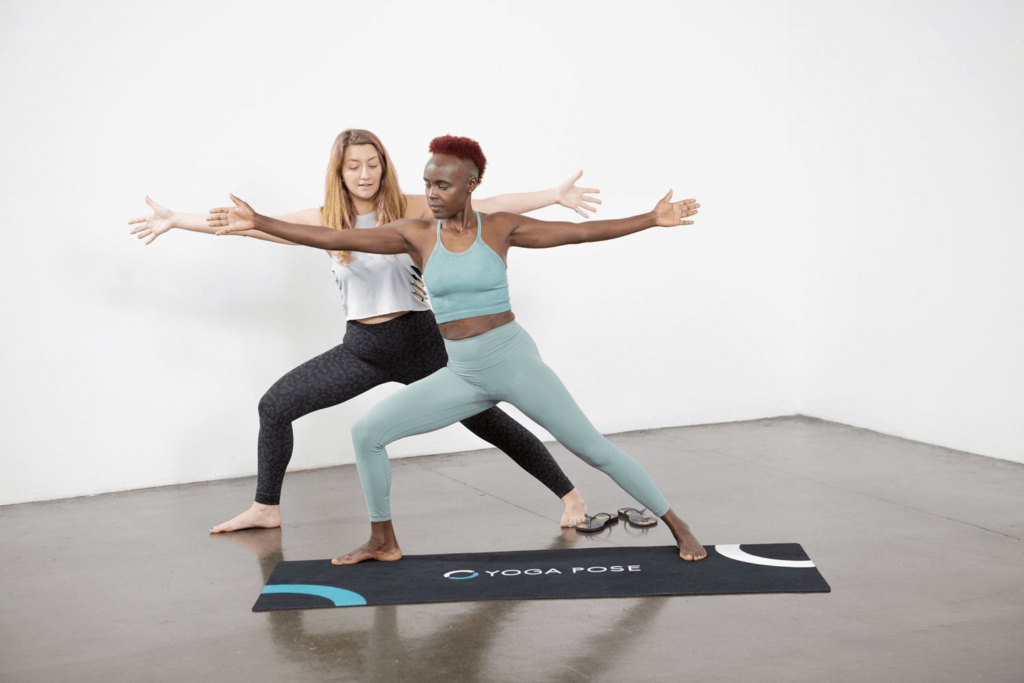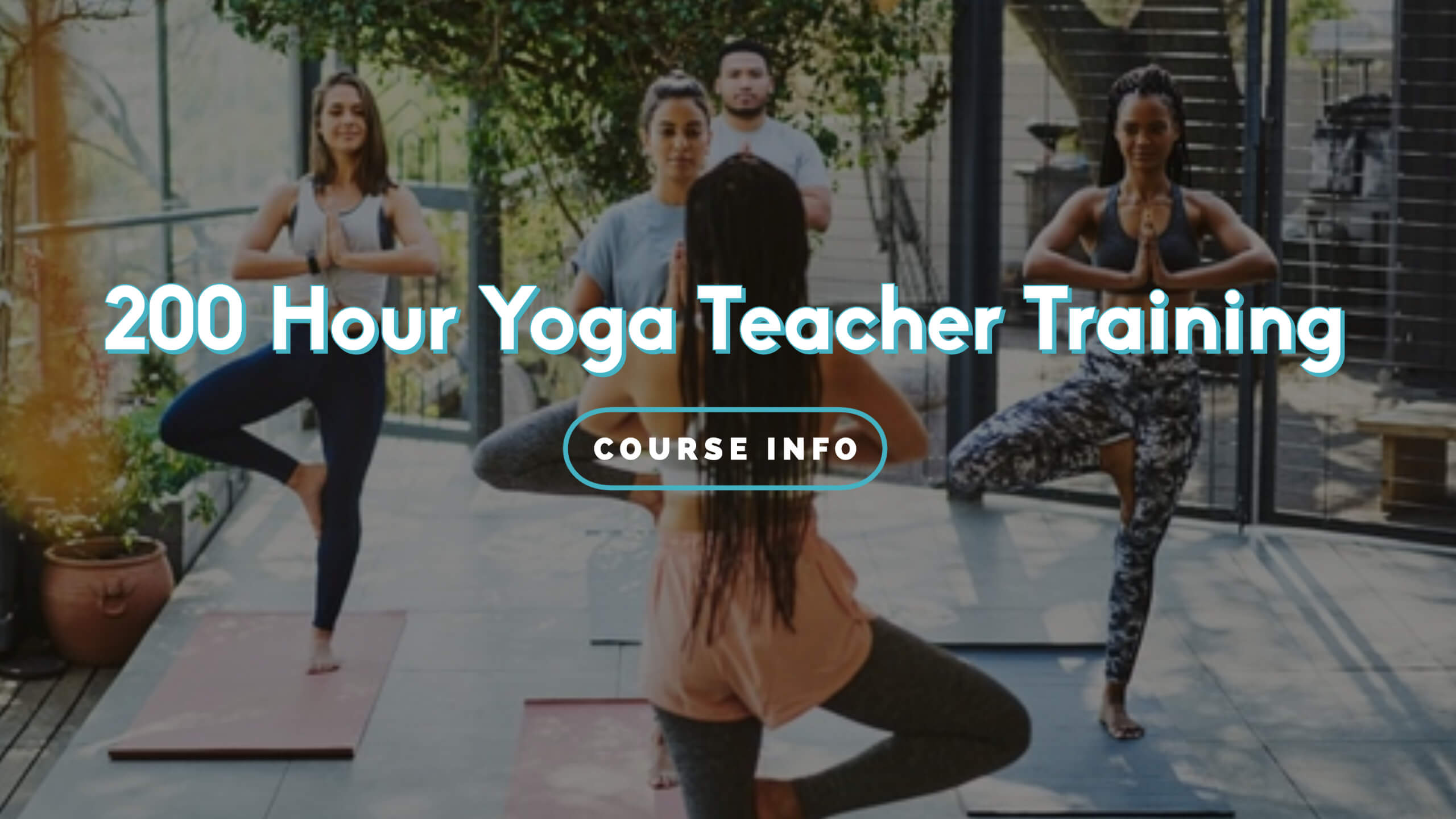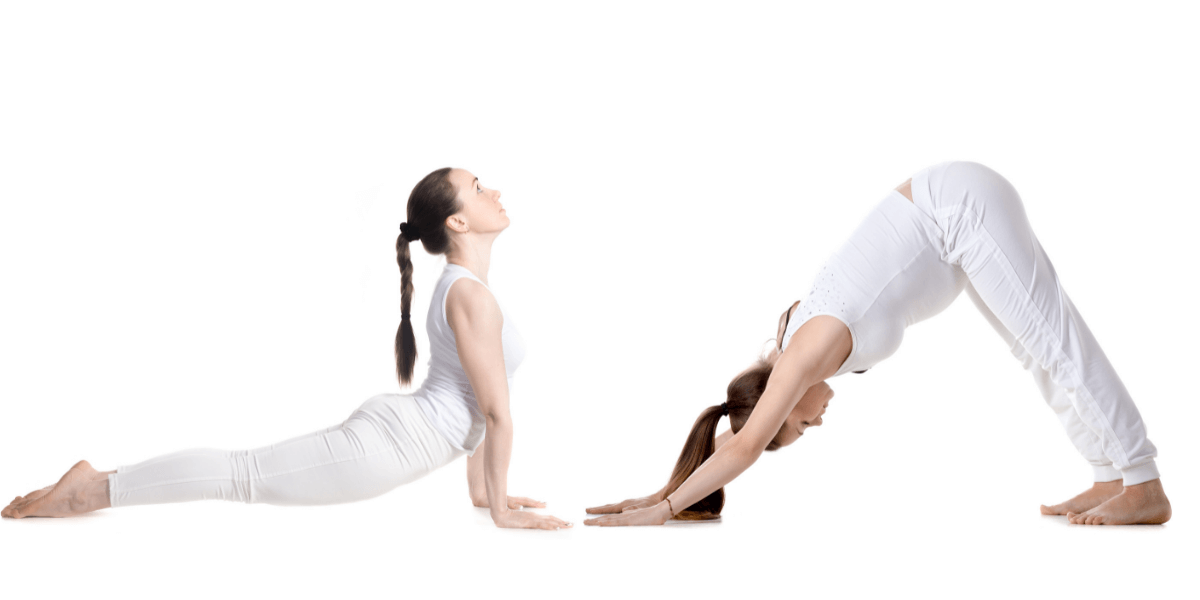Yoga is an ancient practice renowned for its healing of symptoms and fitness benefits, including everything from pain relief to weight loss. Its unique characteristics in stimulating wellness in the body and mind, especially the central nervous system is why yoga is perceived to be the ideal natural remedy for both physical and mental health issues.
Fitness level and size don’t matter in yoga, only a willingness to explore your limits; physically and mentally. Even if you don’t know the ABCs of Yoga, don’t worry. This beginner yoga guide will help you find your way around and you’ll be holding warrior poses in no time. By practicing beginner yoga poses regularly, you’ll get in-tune with your body and inner-self.
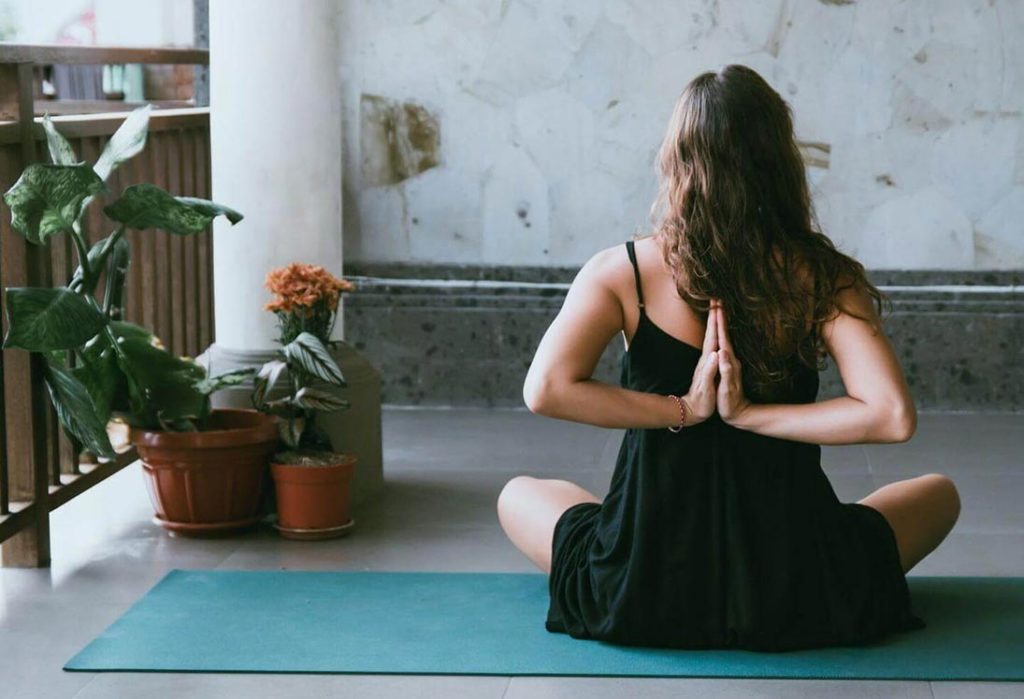
Why Practice Yoga?
Yoga is becoming a recognized practice in the most elementary corners of the earth. With the diverse modifications of yoga poses, you don’t have to be a yogi or yogini to enjoy the therapeutic benefits of yoga in its simplest form. People join the revolution of yoga practitioners for different reasons. But the most common reason people choose yoga as their preferred exercise is that they yearn for inner peace and connectedness to mind, body and soul. Although most beginner yoga students are oblivious to this, the need to attain inner peace is what keeps them coming back to their yoga mats.

How Often Should You Practice Yoga?
Yoga is an amazing practice with a long list of mental and physical benefits. Even if you practice your beginner yoga poses once a week, you’ll reap amazing health benefits. However, if you do more yoga poses every week, you’ll see more benefits. For optimal results, we recommend practicing your beginner yoga poses two or three times a week.
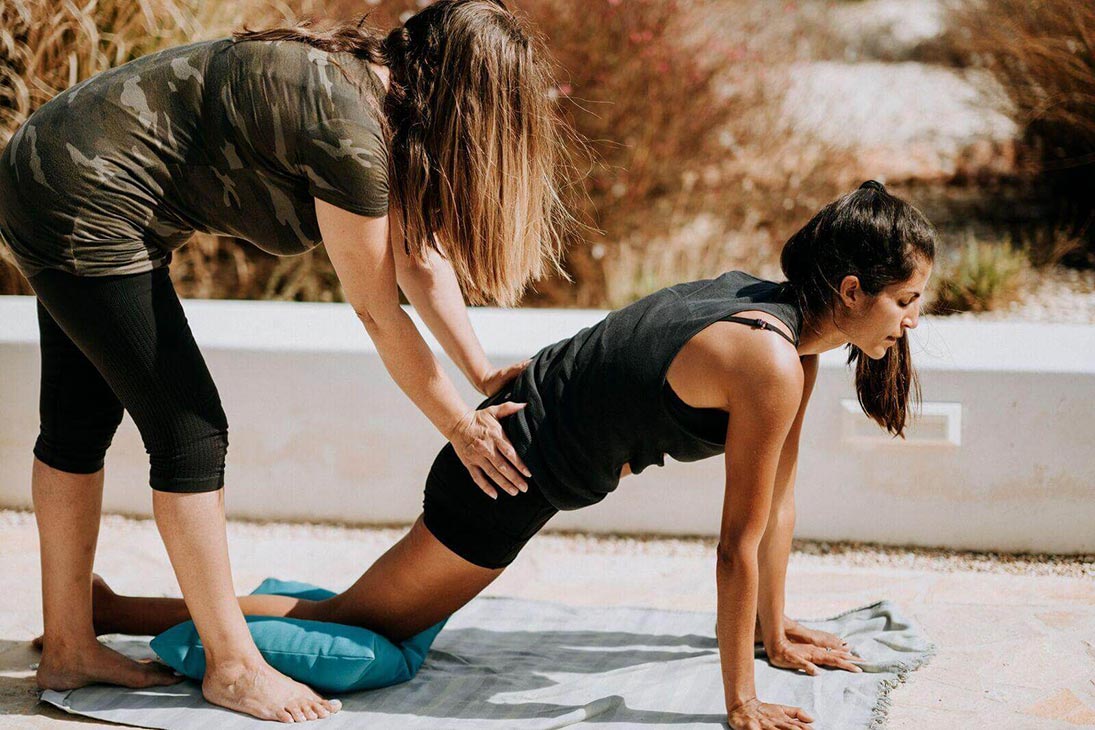
Finding the Right Yoga Teacher
Once you are acquainted with beginner yoga poses and feel confident, you’ll have to find a proper yoga school to study, and more importantly a teacher to show you the ropes. Most yoga poses are simple, however an experienced yoga teacher will really help you synchronize your breathing with your body movement. Additionally, a yoga teacher will motivate and push you through your limits, helping you achieve your yoga goals.
To find the right yoga studio and teacher, ask around. Your community more than likely has several reputable yoga studios with followings, and many studios offer first-time student deals. Try a few yoga studios to see where you are the happiest.
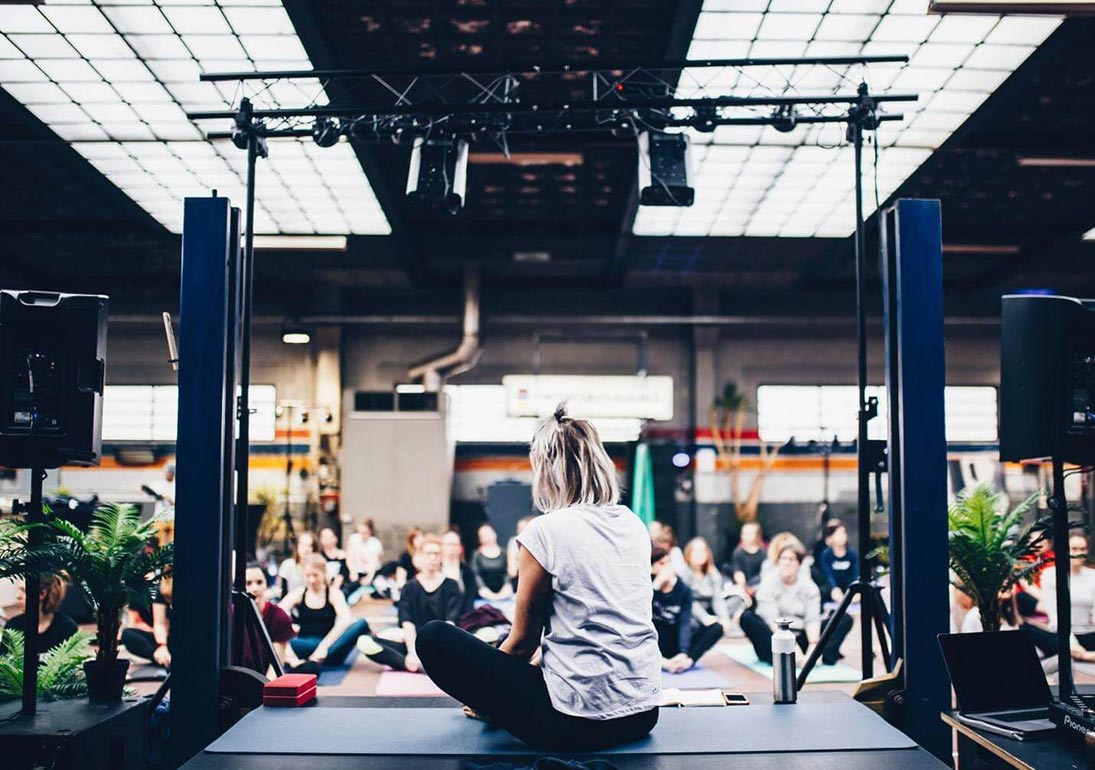
Your First Yoga Class
Your first yoga class can be intimidating. Keep in mind that in yoga, there is no judgment. Everyone is just doing the best they can. With that being said, taking a true yoga class is not the same as an at-home practice, and there are several elements that could raise an eyebrow, here’s what to expect in your first yoga class.
1. Chanting & Sanskrit
There might be chanting at the beginning or end of your class. This is not mandatory, so don’t feel bad if you don’t hear your classmates chanting Sanskrit on your first day.
2. Tension-Relieving Stretches
Since you are practicing yoga for the first time, it is expected that you’ll have tense muscles. Your teacher may ask you to do some tension relieving stretches before the inversions begin.
3. Breathing Lessons
Also, expect some breathing lessons while the class is in session. You must take things slowly during your first yoga class, as there’ll be yogis of all levels in your class.
4. Eye Contact
Yoga for beginners is all about eye contact. So make sure you arrive early to class to get the best spot in the studio.
5. Bare Feet
Don’t forget to take off your shoes and stockings before stepping on the mat.
When to Practice Yoga
There are no real rules for when you should practice yoga. However, keep in mind that because some yoga poses require inversions, you should avoid class around meal times. Many people enjoy practicing yoga in the morning at sunrise, or in the evening after work. It is truly up to you how you choose to incorporate yoga in your daily rituals.
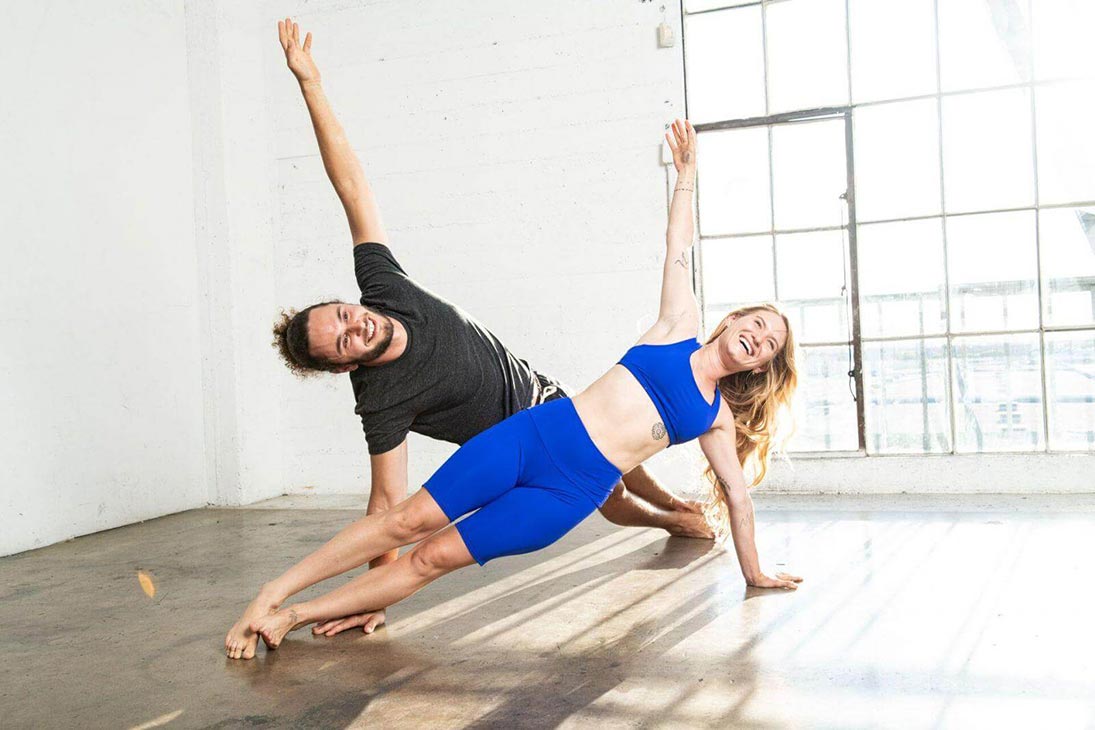
What to Wear for Your First Yoga Class
If you are new to yoga, we recommend wearing tight-fitting clothes that wick away sweat quickly. If you are a woman, wear tight-fitting tops, so your clothes don’t drape over you when you are in an inversion. Wearing more tight-fitting clothes also allows your yoga teacher to see your body and make any adjustments to your alignment.
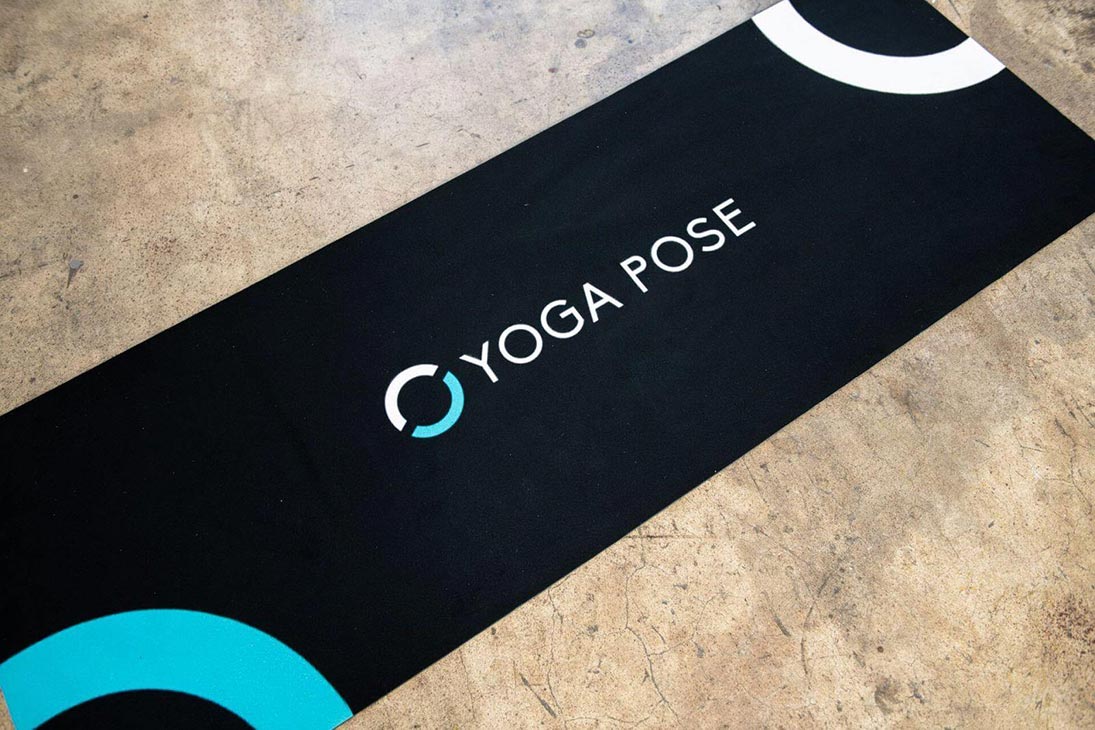
What to Bring to Your First Yoga Class
For your first Yoga class, make sure to bring a water bottle, towel and mat. If you don’t have the equipment, don’t worry! Many yoga studios offer mat and towel rentals for a one-time fee. You can also purchase water at most front desks.
Beginner Yoga Poses Every Yogi Should Know
Mountain Pose (Tadasana)
Mountain Pose can help foster good posture and balance. To achieve the pose, stand on your feet, press the blades of your shoulders into your back and stretch your hands beside your torso.
Child’s Pose (Balasana)
Child’s Pose is a go-to pose for all yoga classes. It is the best pose for refocusing between different postures. To achieve this pose, kneel on the mat and with your arms stretched out in front of you. Your palms on the mat, stretch your back so your face is touching the mat in front of your knees.
Cat/Cow Pose (Marjaryasana to Bitilasana)
These conjoined poses are particularly helpful in relieving spine and aches in the arm. To achieve the pose, kneel on the mat in tabletop position. Simply arch and lower your back with breath. When your spine is raised and arched, you are in Cat Pose. When your belly is lowered and your head raised, you are in Cow Pose.
Downward-Facing Dog (Adho Mukha)
Downward-Facing Dog is the ideal pose for strengthening your shoulders, arms and spine. It is also a natural remedy for back pain. To achieve this pose, place your feet and palms on the mat and move your hips up as far as you can, try to press your heels into the mat. For best results, lift your hips up and back several times while ensuring an even distribution of weight in your palms.
Warrior I (Virabhadrasana I)
Warrior I is a standing pose that fosters stability and good posture. It is achieved by standing on the mat and spreading your feet as wide as you can. Then push both arms above your head and bend to one side until your thigh is parallel to the mat.
Warrior II (Virabhadrasana II)
The next pose in the series, Warrior II, can help with concentration and stability issues. To achieve it, maintain the Warrior I position and stretch your arms side to side so they are parallel to the floor.
Corpse Pose (Savasana)
Corpse Pose marks the end of most yoga classes, as it helps the yogi relax. To achieve this pose, lie on your back with your hands by your side. Then with your head and feet supporting your frame, push your hips up until your back is off the mat.
